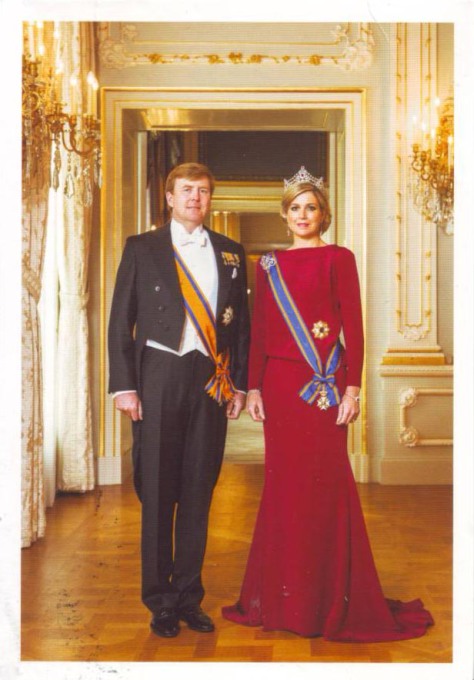Category Archives: MY POSTCARDS – SPECIAL COLLECTIONS
Pre-raphaelite beauties postcards
Dutch Royal Family – King Willem Alexander and Queen Maxima
UK – Royal Family – 1979
Finland – The Lapps

There are few peoples in the world that have been portrayed as often in literature as the Sámi, or Lapps. These portrayals have been influenced by the real conditions of the Sami, but certainly also by the different backgrounds of the writers themselves. From the start, knowledge and myths mixed and piled up in the literature on Lapland. Even the writings of ancient Roman writer Tacitus were full of cliches that were used to describe tribal peoples. He wrote about the Fenni who were primitive hunters, but still “happy in their simplicity” because they did not know about heavy agriculture. Other ancient writers who portrayed the Lapps – or Sami – were Prokopios and Jordanes (550 A.D.), Paulus Diaconus (795), the Norwegian Ohthere (894), Adam of Bremen (1070), and Saxo Grammaticus (1200). These writers gave new details to the picture: the Sámi were “skrithiphinnoi”, and they lived in a country where the sun did not set at all during summer. And the Lapps were masters of sorcery. Many mythical and curious elements were repeated by the authors up through the ages, thus strengthening the wrong picture of the Sami. The work “Historia de gentibus septentrionalibus”, published by Olaus Magnus Gothus in the mid-1500s, brought a new type of information on Lapland. Olaus Magnus based his writings on his own experiences. He had travelled as far north as Tornio. With the new administrative and missionary activities led to an enormous increase in the amount of information about the northern regions. The classic work “Lapponia” by Johannes Schefferus in 1673 started a more scholarly way of thinking about the Lapps.
Latvia – Riga
Malaysia – country map

Malaysia country map
Belarus – Kamenets

Day of Belarusian Written Language in Kamenets
Belgian Royal Family

King Albert II, Queen Paola
Belgium was recognised as an independent country in 1830 but the monarchy was established in 1831. Leopold I, prince of Saxe-Coburg and Gotha, took the constitutional oath on 21 July 1831 to become the first King of the Belgians.
Under the hereditary constitutional monarchy system, the role and operation of Belgium’s institutions, including the monarchy, are governed by the Constitution. “Hereditary” means the royal office, as described in the Constitution, is earmarked solely for a descendent of the first King of the Belgians, Leopold I.
Bound by the Constitution above all other ideological and religious considerations, political opinions and debates and economic interests, the King acts as an arbiter and guardian of the country’s unity and independence.
King Albert II, sixth King of the Belgians, took the oath on 9 August 1993. He is married to Donna Paola Ruffo di Calabria.
The King and Queen have three children: Prince Philippe, Princess Astrid and Prince Laurent.
Prince Philippe and his wife, Princess Mathilde, have four children: Princess Elisabeth, Prince Gabriel, Prince Emmanuel and Princess Eléonore.
Princess Astrid and her husband Prince Lorenz, have five children: Prince Amedeo, Princess Maria Laura, Prince Joachim, Princess Luisa Maria and Princess Laetitia Maria.
Prince Laurent and his wife, Princess Claire, have a daughter, Princess Louise, and two sons, Prince Nicolas and Prince Aymeric.
Gustav Klimt paintings in Peles Castle, Romania

Gustav Klimt (July 14, 1862– February 6, 1918) was an Austrian Symbolist painter and one of the most prominent members of the Vienna Secession movement. His major works include paintings, murals, sketches, and other art objects. Klimt’s primary subject was the female body, and his works are marked by a frank eroticism—nowhere is this more apparent than in his numerous drawings in pencil.
Peleș Castle is a Neo-Renaissance castle in the Carpathian Mountains, near Sinaia, in Prahova County, Romania, on an existing medieval route linking Transylvania and Wallachia, built between 1873 and 1914. Its inauguration was held in 1883.
Sala De Teatru (The Playhouse) is decorated in Louis XIV style, with sixty seats and a Royal Box. Architectural decoration and mural paintings are signed by Gustav Klimt and Frantz Matsch.
















